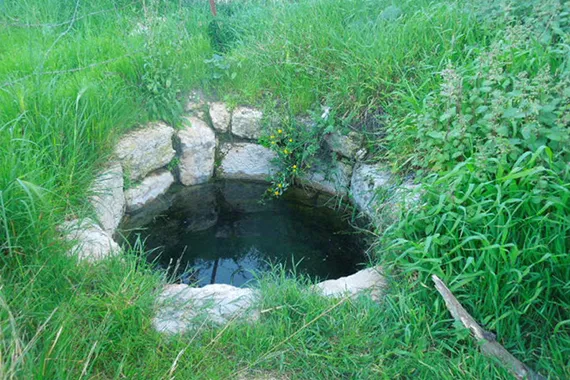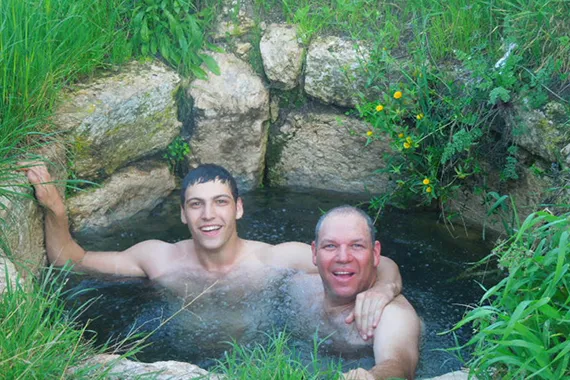
Samson’s Spring
The story of Beit Lehi may begin as early as 1160 B.C. Manoah and his wife have no children. They travel often to a holy place near their home to make sacrifice and pray for a child. That prayer is answered when an angel appears to his wife and tells her that she will bare a son by God’s providence. Their child, perhaps the strongest man in biblical history, is Samson!
Samson’s impetuous nature causes havoc among the Philistines. He ties torches to the tails of foxes and releases them into the fields of the Philistines destroying all their crops. The Philistines sought revenge by sending an army of one thousand men to capture Samson. With Samson’s consent, the men of Judah bind him with rope and are about to hand him over to the Philistines when Samson breaks free. Using the jawbone of a donkey that lays at his feet, Samson slays the Philistines.
Exhausted and near death from thirst, Samson prays for water. Miraculously, a spring bursts forth from the ground to revive the champion. “And when he drunk, his spirit came again and he revived: wherefore he called the name thereof Enhakkore (meaning fountain of the crier), which is in Lehi unto this day.” (Judges 15:19). In The Antiquities of the Jews, the Jewish historian Josephus (1st century A.D.) confirms this biblical account and notes that the spring remained vibrant in his day. Samson remained at Lehi for 20 years as a judge of the people of Israel.
The Hebrew word “Lehi” means jawbone. To many, the place of Lehi was named for the means used by Samson to kill the Philistines, a jawbone. And yet, The Book of Judges states that “the Philistines went up, and pitched in Judah, and spread themselves in Lehi (Judges 15:9). From this passage it would appear that the village of “Lehi” existed prior to Samson’s event.
The debate continues as to location of Lehi. But is it mere coincidence that the local Bedouins tell of an ancient place named “Lehi” where an ancient prophet sat in judgment of the people of Isaac & Ishmael? According to renowned archaeologist, Dr. Oren Gutfeld, Beit Lehi is the traditional site of ancient “Lehi.” If true, more than 3100 years later that same spring that gave life to Samson continues to this day at Beit Lehi.
Image Gallery



